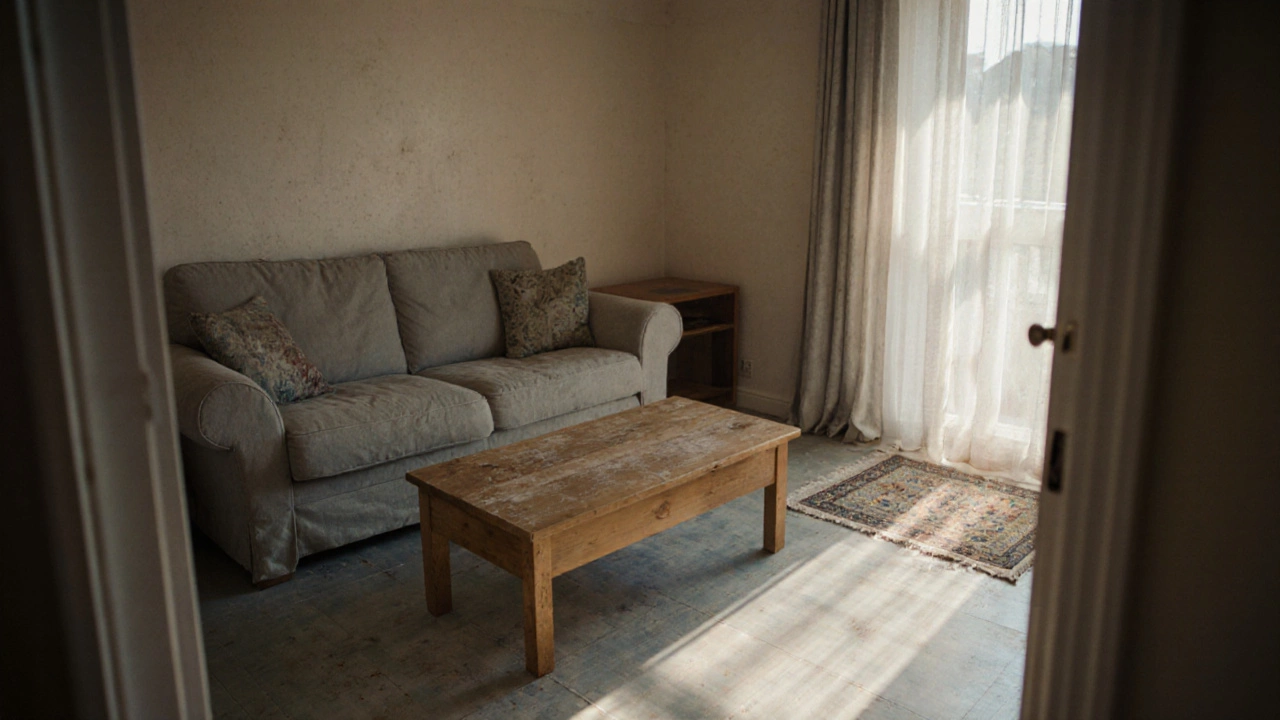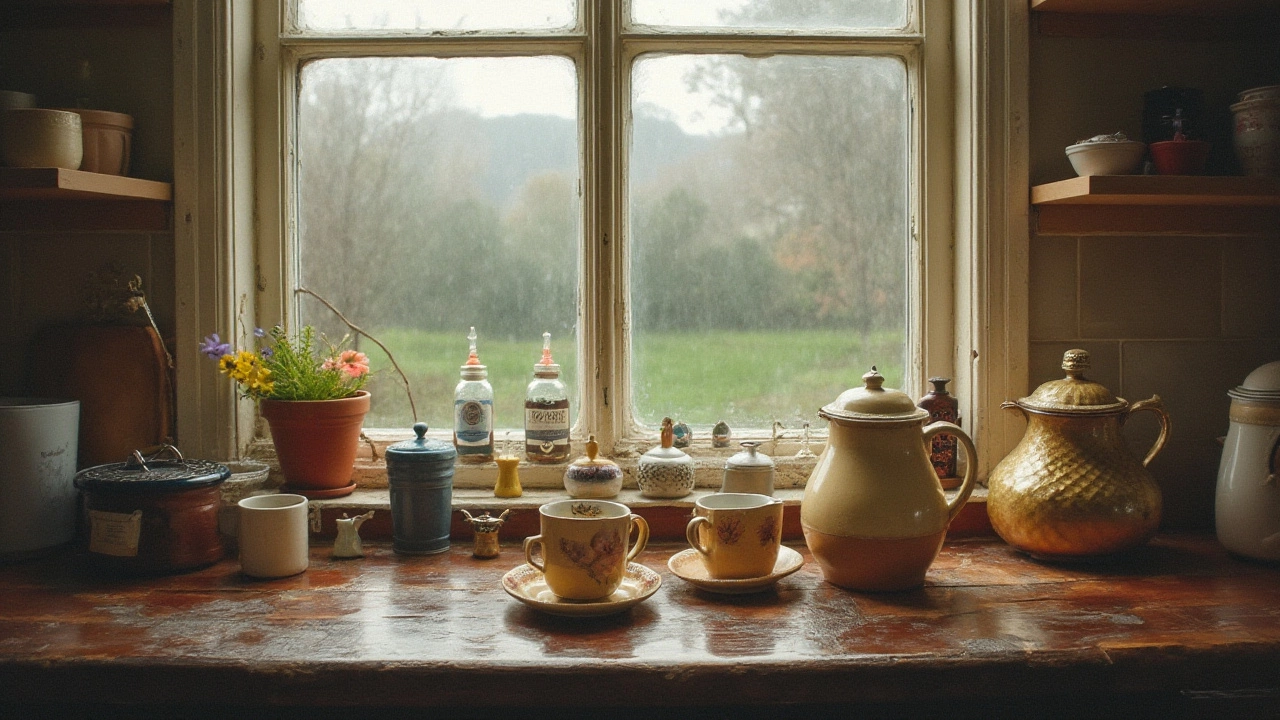Wear and Tear: Simple Cleaning Tricks to Keep Your Home Fresh
Ever notice how a sofa gets dull after a few months, or how kitchen counters start looking dull with daily use? That’s wear and tear – the natural ageing that happens when we live in a space. The good news? A few smart cleaning habits can slow the process down and save you money.
Why Wear and Tear Happens and What You Can Do About It
Every time you sit, spill, or wipe a surface, tiny particles and moisture settle in fibers, grout, or metal. Over time these tiny buildups become stains, scratches, or odors. For example, a mattress exposed to urine can develop a lingering smell that makes the whole bedroom feel stale. Cleaning with the right products – enzymatic cleaners for urine, gentle fabric shampoos for sofas – breaks down the mess before it sets in.
Another common culprit is grease in the oven. When grease bakes onto glass doors, it hardens and looks like a permanent film. Using a mix of baking soda and vinegar or a mild oxidiser can lift the grease without harsh chemicals, keeping the glass clear and preventing permanent damage.
Everyday Cleaning Habits That Fight Damage
Start with a quick sweep of high‑traffic areas each day. A microfiber cloth can lift dust from window sills and furniture without scratching the surface. For windows, a simple solution of water and a dash of dish soap works wonders – just wipe with a clean rag and dry with a newspaper for a streak‑free finish.
When it comes to upholstery, avoid soaking the fabric. Too much water can weaken the padding and cause mold. Spot‑clean with a mild detergent, test on a hidden area first, and let it air dry. If you notice a couch looking dirtier after a clean, it’s often because residue from the cleaner was left behind. Rinse the area with a damp cloth and blot dry.
Floor care is another area where wear and tear adds up fast. Use a vacuum with a HEPA filter to trap fine dust that can scratch hardwood or dull carpet fibers. Follow up with a damp mop – not soaking wet – to keep the finish glossy and protect against scratches.
Finally, schedule a deep clean every few months. This could be a professional service or a dedicated DIY day. Deep cleaning a kitchen, bathroom, or carpet removes the hidden grime that regular wipes miss, giving your home a fresh start and extending the life of surfaces.
By treating wear and tear as something you can control, not just accept, you keep your home looking newer for longer. Simple, consistent cleaning habits do more than make things look clean – they protect the investment you’ve made in your space.

Understanding Excessive Wear and Tear in Your Home
Learn how to identify and manage excessive wear and tear at home, with clear signs, prevention tips, and a checklist for renters and owners.
Read More
What Causes Wear and Tear? Common Sources and Prevention Tips for Homes
Discover what really causes wear and tear in homes, from daily habits to unexpected factors. Get facts and clear solutions to slow damage, avoid costly repairs, and keep your spaces in top shape longer.
Read More
Is Limescale Fair Wear and Tear in End of Tenancy Cleaning?
End of tenancy cleaning often raises questions about what constitutes fair wear and tear, particularly with regards to limescale. Limescale build-up is a common issue in homes and can impact various household surfaces and appliances. This article examines whether limescale can be considered normal wear and tear or if tenants are responsible for its removal. Discover tips and best practices for managing limescale in rented properties, ensuring a smoother move-out process.
Read More